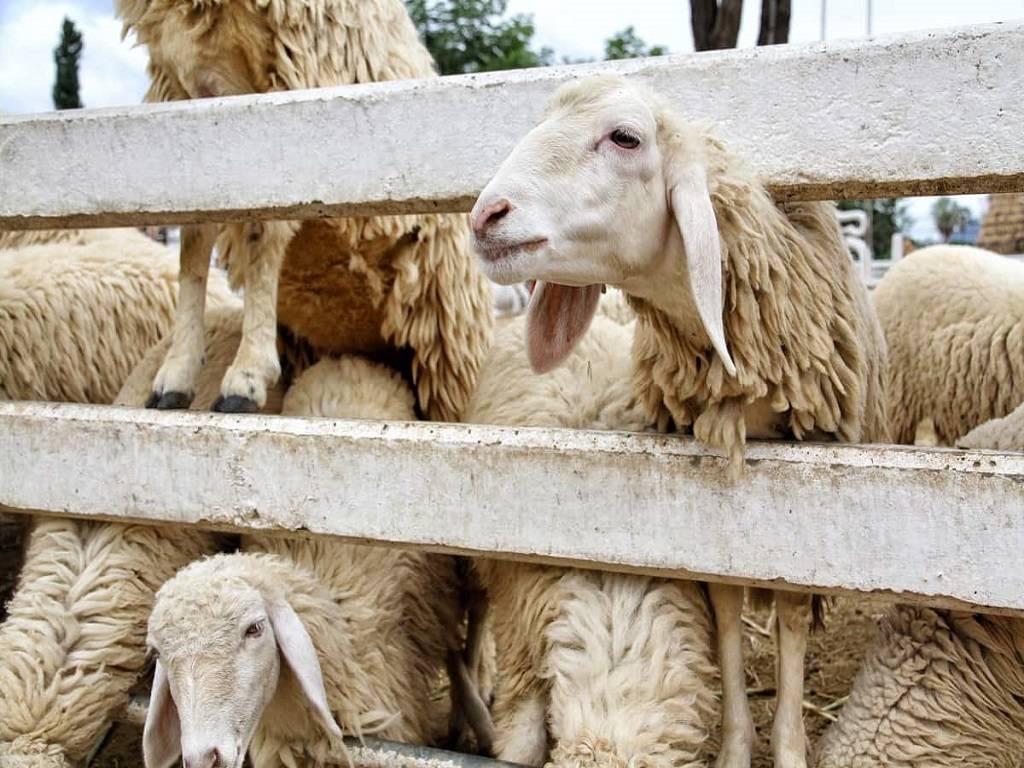
Raising sheep might appear more difficult if you don't take care to avoid certain additional typical blunders. It takes a lot of labor to raise sheep. They need to be fed, cared for, and protected from predators.
Shepherds frequently remark that sheep are born "ready to die." That's because it seems like a sheep might be healthy one second and then pass away the next.
In truth, unexpected losses are typically caused by a shepherd's inexperience and inattention; there are a few basic mistakes you can make when keeping sheep that are rather simple to avoid (if only you know how to prevent them, of course).
Take into account these blunders that practically every first sheep farmer does; maybe, you'll be able to learn from these mistakes and be able to do things correctly the first time!
The Most Common Mistakes in Sheep Farming
Here are some of the most frequent errors people make when raising sheep, along with advice on how to prevent them.
1. Selecting the Incorrect Breed
All too frequently, individuals decide to bring home the first flock of sheep they see on the internet or nearby shops without giving it any consideration as to what (or how) they will be reared for.
This can cause a lot of aggravation. For example, wool breeds that require continual shearing irritate meat producers, and individuals who expect their ewes to lamb just once a year in the spring may be shocked to discover lambs abandoned in the midst of the summer. Consider your motivations for keeping sheep as well as the distinctive traits of the breed you end up choosing.
The following are some of the top wool breeds: Merino, Suffolk, Rambouillet, Leicester, Debouillet, Lincoln, London long wool, and Southdown.
If you're considering breeding sheep for meat, take into account: Dorper, Hampshire, Icelandic, Cheviot, Katahdin, and Blackbelly.
Last but not least, if milk production is on your radar, consider raising: Lacunes, East Friers, Awassis, Katahdins, Assafs, and Finnsheep.
Of course, those aren't the only factors to take into account. Consider carefully the management requirements of your animals, particularly those linked to lambing, as well as any additional traits that may be important to you when choosing your sheep breed.
2. Poor Fencing
Even while sheep are less likely than goats to manage to scale a perfectly good fence, you should nevertheless give your fencing some serious consideration before bringing any sheep home.
Most of the time, a single-wire fence should be sufficient to keep sheep out because they aren't very skilled at finding out how to go around fences. It must, however, be high enough to prevent sheep from leaping over it and must not have openings big enough for your animals' heads.
3. Ignoring Routine Worm Egg Counts
At the risk of stating the obvious, the easiest technique to determine whether your sheep are developing a parasitic worm problem is to undertake routine worm egg counts. Worm egg counts enable you to identify potential worm issues before your sheep become ill.
If you don't regularly count the number of worm eggs, you won't notice a problem until your sheep start to feel sick. Always do worm egg counts prior to therapeutic drenching (that is, to treat an emerging worm problem). A worm egg count is not always necessary for strategic soaking that is carried out at specified periods of the year.
4. Omitting the Follow-Up Examination
Between 10 and 14 days, after your sheep are bathed, you should undertake a follow-up worm egg count to see whether the treatment was successful. If the number of worm eggs is greater than 200 egg, you might need to apply a different drench as suggested by your veterinarian.
5. Lack of Awareness about Various Disease Symptoms
Scour, fatigue, and weight loss are indicators of illness brought on by worm infestation in sheep. Pale gums and eye rims are signs of anemia caused by several parasites, including the barber's pole worm and the liver fluke. Both of these parasites have the potential to cause bottle jaw, which is a swelling under the jaw. It's critical to keep an eye on stressed sheep, especially those who are breastfeeding or in late pregnancy since they are more prone to illness.
6. Introducing Unfamiliar Threat
It might be dangerous to add fresh sheep to your existing flock. They could bring worm issues from their prior farm if you buy, or borrow a ram to breed with your ewes. In order to give it time to act, new arrivals should be given a "quarantine drench" and kept away from pasture for 6 to 8 hours. This lessens the chance of contamination to other sheep.
7. Ignoring the Need for Mineral Supplementation
Sheep need specific minerals to keep healthy, just like other animals do. According to some shepherds, if sheep are being raised on pasture, they ought to be able to absorb these elements from the soil.
It's true that raising sheep may be difficult and even challenging. But taking these points into consideration will help you in establishing a successful sheep farm.
















